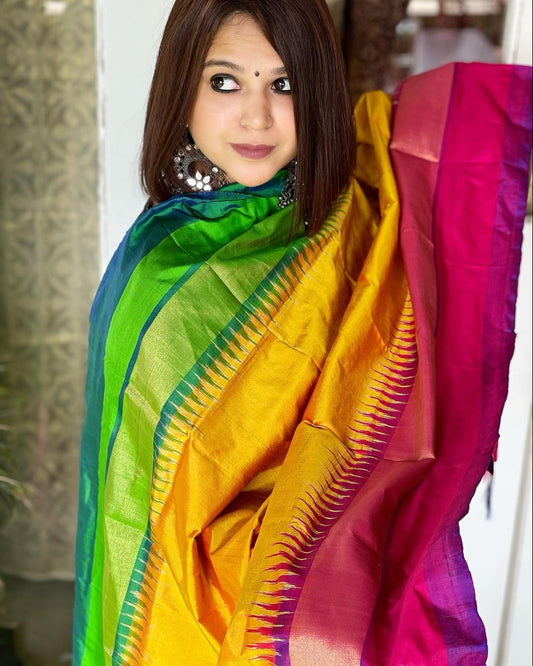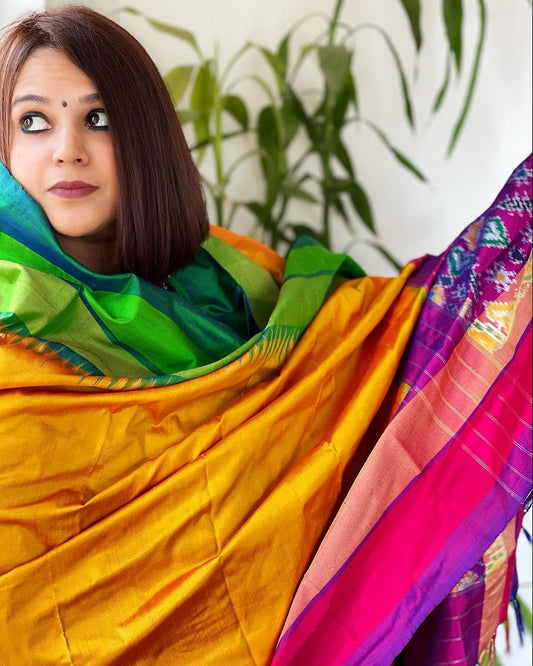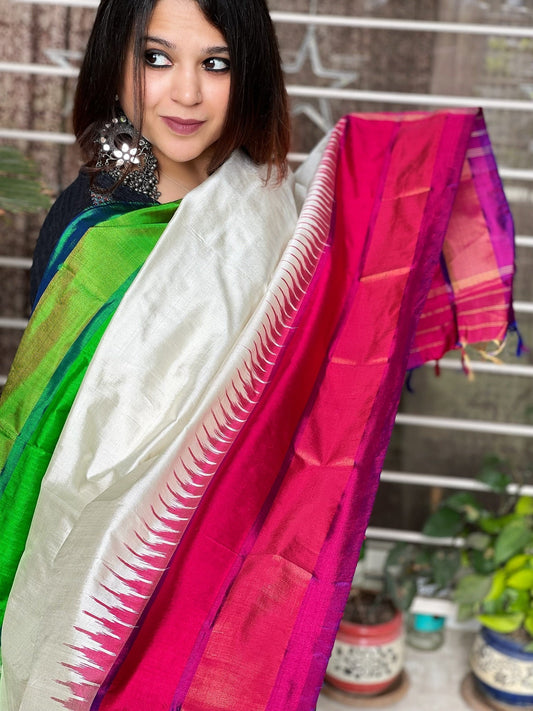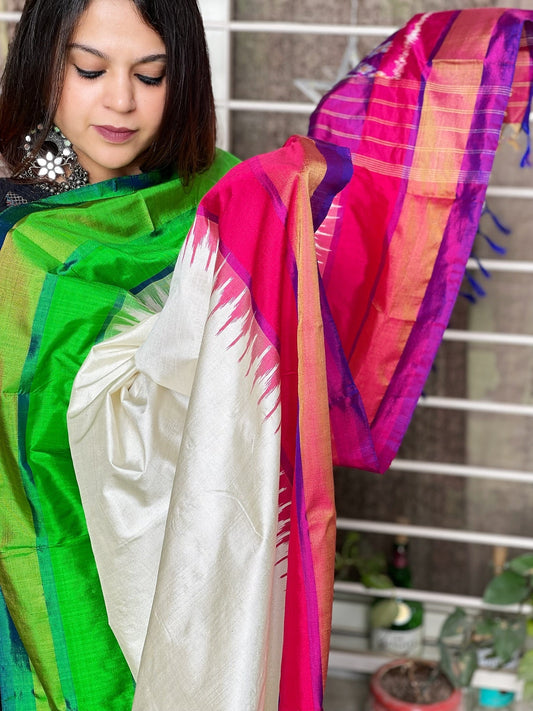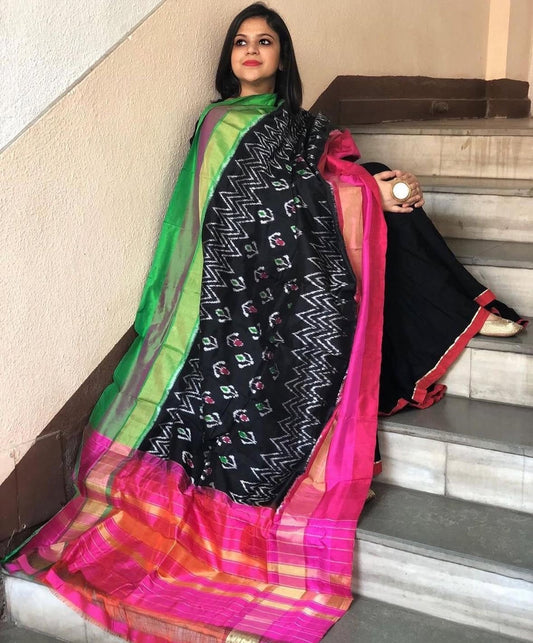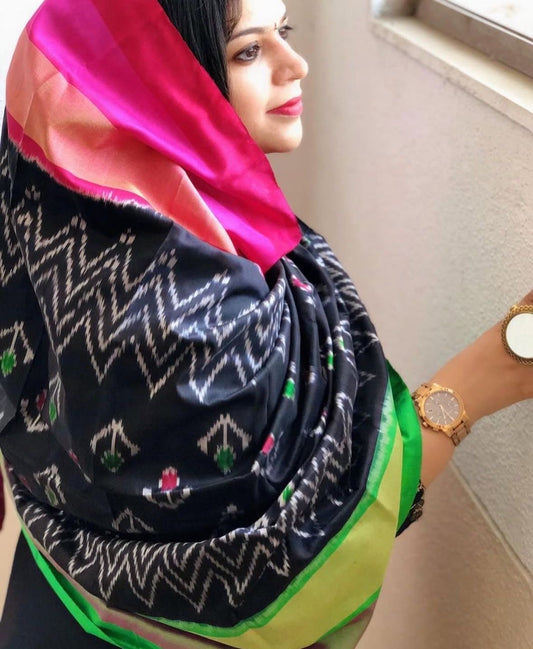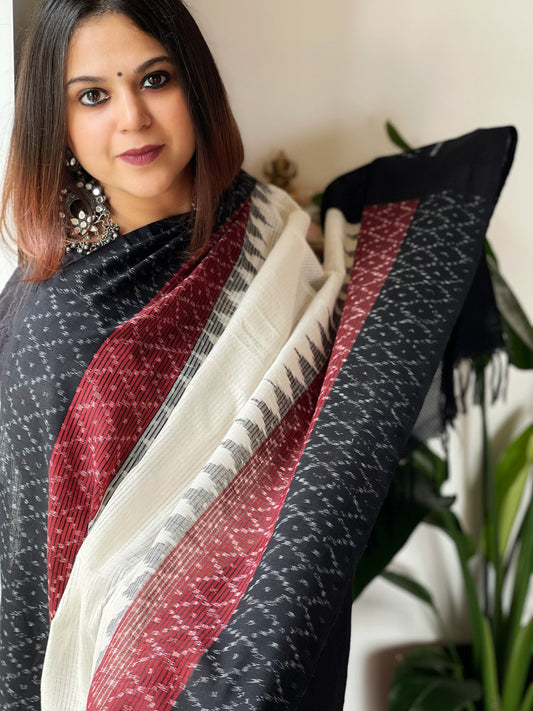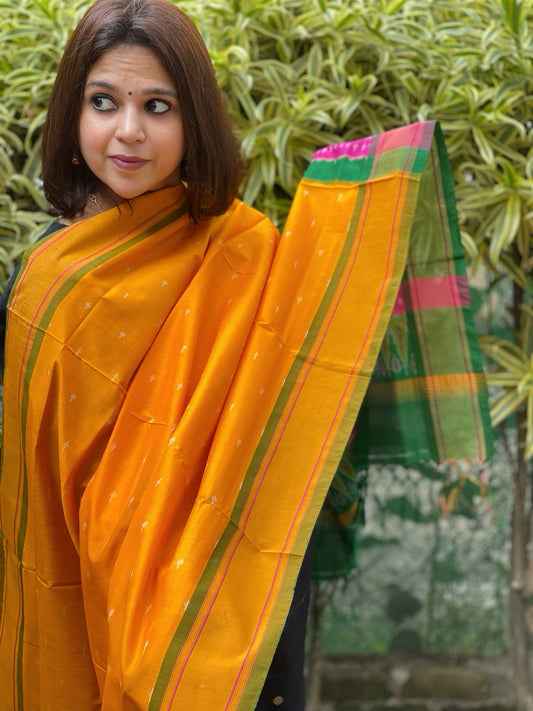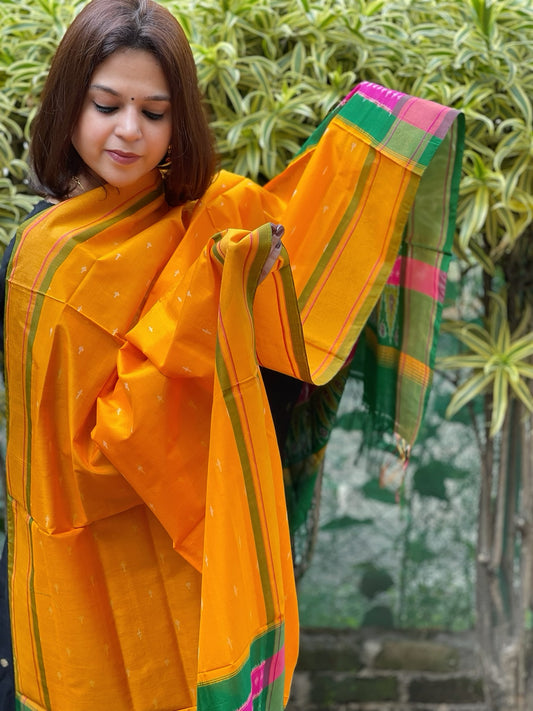Pashmina shawls are renowned for their luxurious softness, warmth, and exquisite craftsmanship. Originating from the Kashmir region, these shawls are made from the fine wool of the Changthangi goat, which resides in the high altitudes of the Himalayas. The beauty and quality of genuine Pashmina have made it a highly sought-after item worldwide. However, with its popularity comes the unfortunate rise of counterfeit products that can deceive even a savvy shopper. It’s essential to know how to distinguish between an authentic Pashmina shawl and a fake one to ensure you get the quality and authenticity you deserve.
Spotting fake Pashmina shawls can be challenging, but it’s not impossible. The key lies in understanding what makes a genuine Pashmina so special and recognising the tell-tale signs of counterfeit products. Many fakes are cleverly crafted to look like the real thing, but they lack the intrinsic qualities that make true Pashmina distinctive. By familiarising yourself with the characteristics of authentic Pashmina, including its texture, weave, and other specific features, you can make informed decisions and avoid falling prey to imitation products.
In this guide, we'll dive deep into what sets real Pashmina shawls apart, uncover the common tricks used by counterfeit sellers, and share actionable tips for making sure your next Pashmina purchase is the real deal. Whether you're a long-time admirer of these beautiful shawls or a first-time buyer, this information will be invaluable in ensuring you invest in genuine, high-quality Pashmina.
Understanding the Basics: What Makes a Real Pashmina?
Pashmina wool comes from the Changthangi goats, which reside in the high mountains of the Himalayas. These goats produce a fine, soft undercoat to survive the harsh winters, and this undercoat is what we know as Pashmina. The wool is incredibly soft yet surprisingly durable, making Pashmina shawls the epitome of luxury and comfort. Weavers hand-spin the wool into fine threads before weaving it into shawls on traditional looms, a process that requires immense skill and patience.
A true Pashmina shawl has certain distinctive qualities. The wool is extremely fine, usually between 12 to 15 microns in diameter, making it softer than the average human hair. This incredible softness is one of the first things you will notice when touching a real Pashmina shawl. Unlike synthetic fibres, authentic Pashmina has a natural sheen and a slight unevenness in the weave, showcasing its handmade origin. The process from goat to shawl involves meticulous craftsmanship, which is why genuine Pashmina commands a higher price.
Key Physical Indicators of Authentic Pashmina
Identifying real Pashmina involves a few key physical indicators. One of the easiest ways is by doing the warmth test. Genuine Pashmina feels warm to the touch almost immediately, while synthetic imitations often feel cool. This is due to the wool's excellent insulating properties. Additionally, real Pashmina is incredibly lightweight yet warm, making it ideal for various weather conditions. You can test this by draping the shawl over your shoulders; it should feel very light and comfortable.
Another notable feature is the texture. Real Pashmina has a soft, almost buttery feel. It should not be scratchy or rough against the skin. You can also do the ring test – real Pashmina shawls are so finely woven that they can pass through a small finger ring. Look closely at the weave; genuine Pashmina will have a slightly irregular texture due to hand weaving. This irregularity is a hallmark of its authenticity and sets it apart from machine-made imitations. Furthermore, a Pashmina shawl should not have any loose threads or bright synthetic fibres, as these are signs of a fake.
By paying attention to these physical indicators, you can avoid the disappointment of investing in a fake and ensure that you are getting a genuine, high-quality Pashmina shawl. The warmth, texture, and feel of a real Pashmina are unmatched, making it a worthwhile addition to any wardrobe.
Common Tricks Used to Fake Pashmina
Counterfeiters use several crafty techniques to pass off fake Pashmina as the real thing. One common trick is blending inferior materials with genuine Pashmina wool. By mixing Pashmina with cheaper wool or synthetic fibres, sellers can produce shawls that look similar but lack the softness and quality of true Pashmina. These blends can still offer some warmth and softness, but they won’t have the lightweight and luxurious feel that defines authentic Pashmina.
Another method involves passing off machine-made shawls as handwoven ones. Machine-made shawls can replicate the intricate designs found in traditional Pashmina but lack the unique irregularities and personal touch of handwoven pieces. These machine-made imitations are often smoother and more uniform, lacking the slight unevenness that signals genuine craftsmanship. Additionally, colourfast synthetic dyes can be used to produce vibrant hues, but these won't have the same natural elegance as those dyed using traditional, natural methods.
Smart Shopping: Tips for Buying Authentic Pashmina Shawls
When shopping for a genuine Pashmina shawl, it’s essential to buy from reputable sources that guarantee the authenticity of their products. Look for certifications or labels that indicate the shawl is made from 100% Pashmina wool. Reputable sellers often provide details about the origin of the wool, the weaving process, and the artisans who crafted the shawl. Be wary of vendors selling Pashmina at unusually low prices, as genuine Pashmina is a luxury item and usually commands a higher price due to the quality of the material and the labour involved.
Don’t hesitate to ask questions about the shawl's origin, the type of wool used, and the production process. Engage with sellers who are knowledgeable and transparent about their products. If you’re buying in person, feel the shawl to check its texture and weight. Genuine Pashmina should be incredibly soft, warm, and light. Online shoppers should read reviews and ratings to ensure that other customers have had good experiences with the seller. By taking these steps, you can confidently invest in a high-quality Pashmina shawl that will last for years.
Conclusion
Understanding the intricacies of identifying genuine Pashmina shawls can save you from disappointment and ensure that your investment is worthwhile. The luxurious feel, warmth, and unique craftsmanship of authentic Pashmina are unmatched by counterfeit products. By arming yourself with knowledge about the key indicators of real Pashmina and recognising common counterfeiting tricks, you can confidently navigate the market and make informed purchases.
At Masakalee, we prioritise authenticity and craftsmanship in every piece we offer. Don’t settle for imitations when you can experience the real elegance and comfort of genuine Pashmina. Enhance your wardrobe with the unmatched quality and cultural heritage of our handmade shawls. Visit Masakalee today and explore our collection of authentic, high-quality Zari Pashmina shawls crafted by skilled artisans. Rediscover luxury with Masakalee.


